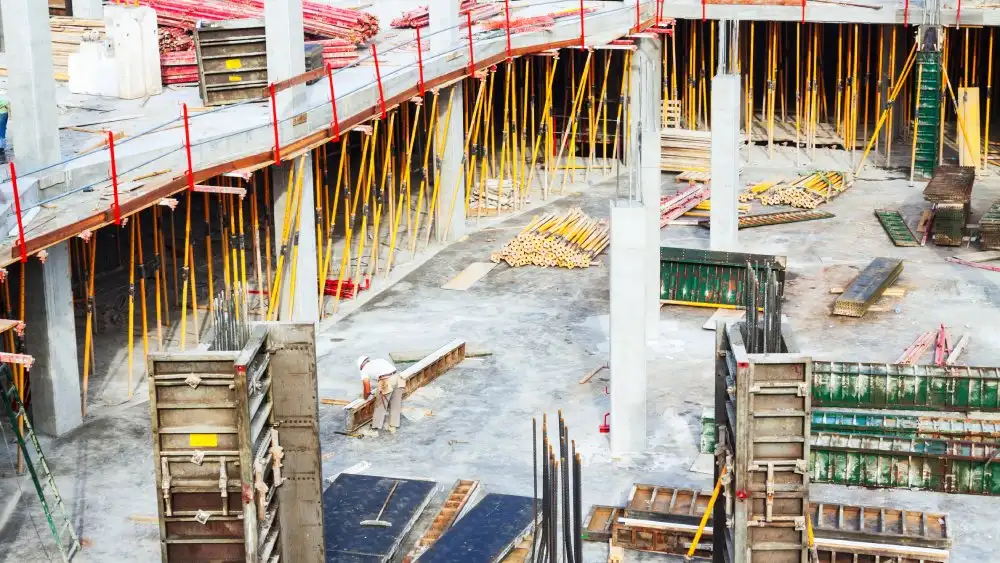Material Takeoff is the backbone of accurate construction estimating, converting design drawings into measurable materials such as concrete, steel, and timber. With digital tools like CostX and Bluebeam, estimators can reduce manual errors by up to 35 percent. Accurate takeoffs ensure precise budgeting, procurement, and scheduling.
Core Meaning and Purpose of Material Takeoff
Diving straight into why it matters, material takeoff quantifies all construction elements upfront, from bricks to beams, to avoid surprises on site. The main goal? Pinpoint accuracy in resource planning that directly boosts project efficiency. ACIF 2024 reports show 18% fewer budget overruns when accurate takeoffs are applied, proving its role in keeping Australian builds on track and financially sound.How modern material takeoff methods benefit home builders
Difference Between Material Takeoff and Material Estimating
Here’s the key distinction: material takeoff focuses purely on measuring quantities from plans, while estimating layers in costs, labour, and contingencies for a full financial picture. Think of construction takeoff as the foundation, getting those numbers right first. IBISWorld 2024 notes that precise takeoffs improve estimating reliability by 22% across Australian firms, helping teams avoid costly missteps in volatile markets.
Steps to Prepare and Perform a Material Takeoff
Getting it right begins with a structured approach that interprets designs, calculates needs, and checks everything twice. In Australian construction, this means leveraging digital tools while adhering to standards like AS 1684 for timber framing. It’s about transforming vague ideas into actionable data, setting the stage for smooth execution without unnecessary delays.Material Takeoff: What Is It, Examples, How to Do
Reviewing Drawings and Specifications
Start by scrutinising every line on architectural and structural plans to spot materials like steel reinforcements or insulation types. Overlooking a single revision might trigger rework, hiking expenses unexpectedly. For instance, omitting just one beam line item can inflate costs by 7%, as seen in recent Sydney high-rise audits where early catches saved thousands.
Measuring Quantities Using Digital Tools
Tools make the heavy lifting easier, pulling exact lengths, areas, and volumes from digital models with minimal fuss. Software speeds up the process, turning hours of manual work into minutes. Digitisation cuts errors dramatically, lifting accuracy by over 25% in complex builds.
- CostX: 2D/3D takeoff integration
- Cubit: live measurement updates
- Bluebeam Revu: markup and collaboration
Validating Outputs Against Project Scope
Cross-check those quantities against specs to confirm nothing’s amiss, ensuring alignment with site conditions and approvals. This step guards against overordering, where construction allowance for waste is factored sensibly. It keeps documentation audit-ready, curbing scope creep that could derail timelines in regulated Australian environments.
Software Tools for Efficient Material Takeoff
Boosting efficiency, specialised software streamlines material takeoff by automating measurements and integrating with BIM for seamless workflows. In Australia’s competitive scene, these tools cut down on guesswork. BIM-based integration improves takeoff precision by 30%, according to ACIF 2023, making them indispensable for scaling operations without sacrificing detail.
| Software | Core Function | Best Use Case |
|---|---|---|
| CostX | 2D/3D model-based takeoff | Commercial projects |
| Buildxact | Cloud collaboration | Residential builds |
| PlanSwift | Quick manual markup | Small contractors |
Key Challenges and Best Practices in Material Takeoff
Tackling hurdles head-on, common pitfalls include outdated plans causing mismeasurements or team silos delaying coordination. Yet, with smart strategies, these become manageable. According to Engineers Australia, standardising measurement codes reduces project rework by 15%, fostering reliability in dynamic construction settings.Best Practices for Construction Material Takeoff
- Maintain revision-controlled documents
- Use consistent material codes
- Review cross-discipline drawings weekly
The Future of Material Takeoff with AI and Automation
AI is revolutionising how we handle quantities, scanning BIM files to detect and tally items faster than ever. This shift means fewer human errors and quicker turnarounds. Machine learning applications in Australian estimating have grown 35% in 2024, paving the way for predictive analytics that enhance sustainability by forecasting material efficiencies early on.
From Numbers to Strategy: The Real Value of Material Takeoff
Turning counts into competitive edges, material takeoff informs procurement decisions, sharpens forecasts, and supports eco-friendly choices amid rising regulations. In Australia’s $334B construction market, it builds financial resilience by minimising variances, ensuring projects not only complete on budget but also adapt to future demands with confidence.


